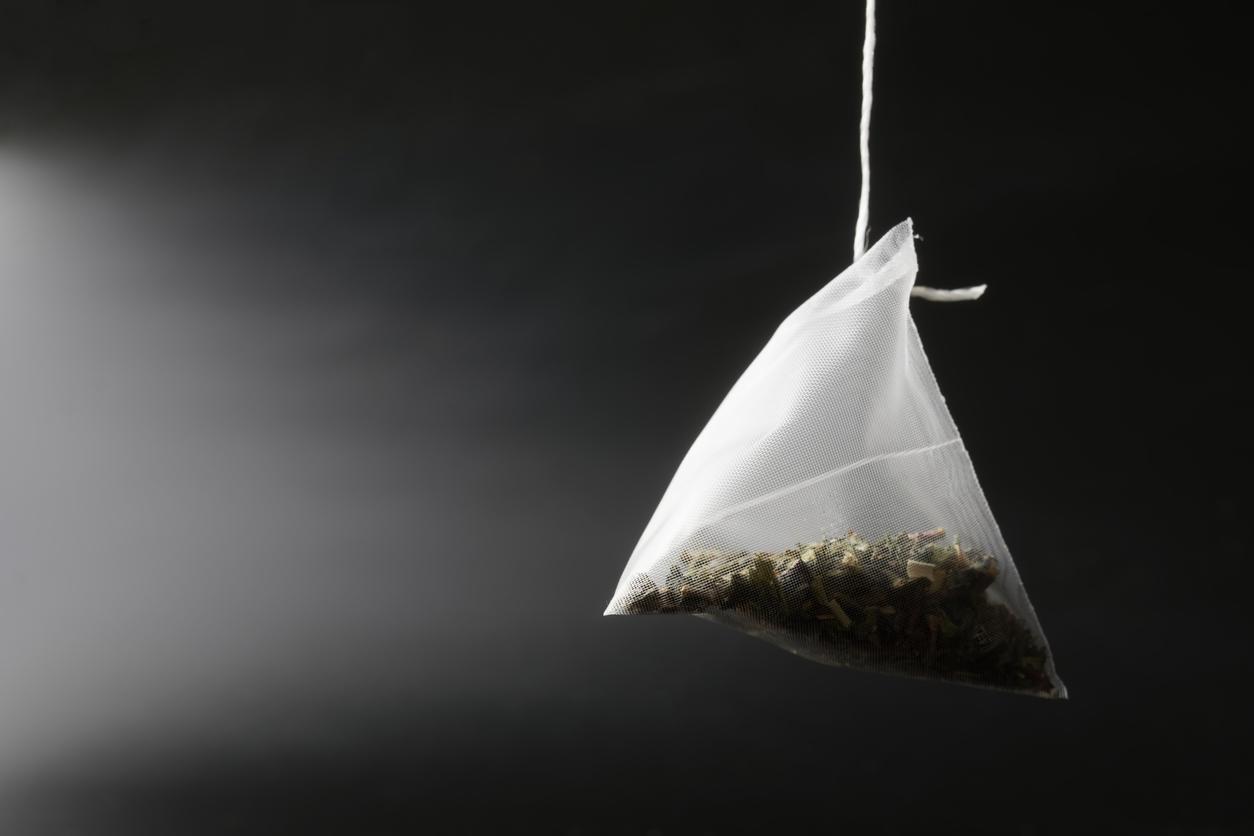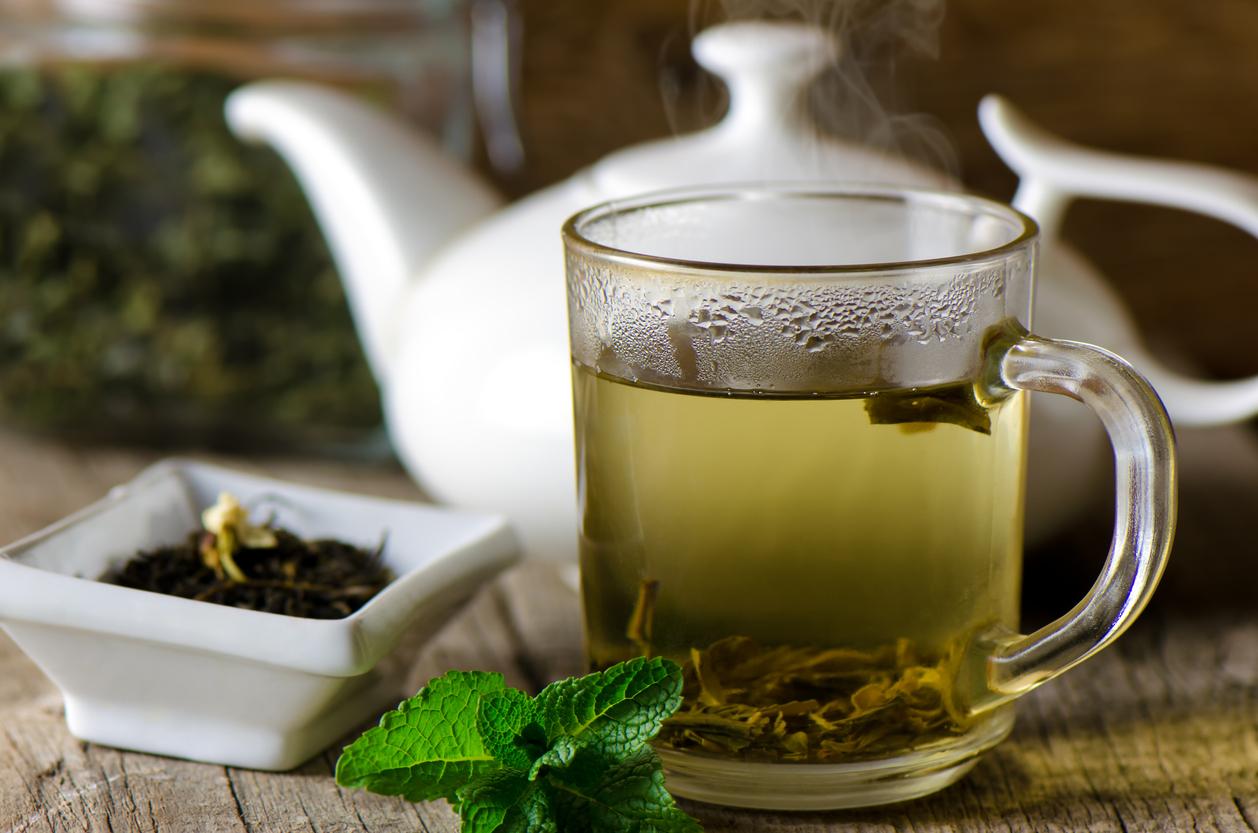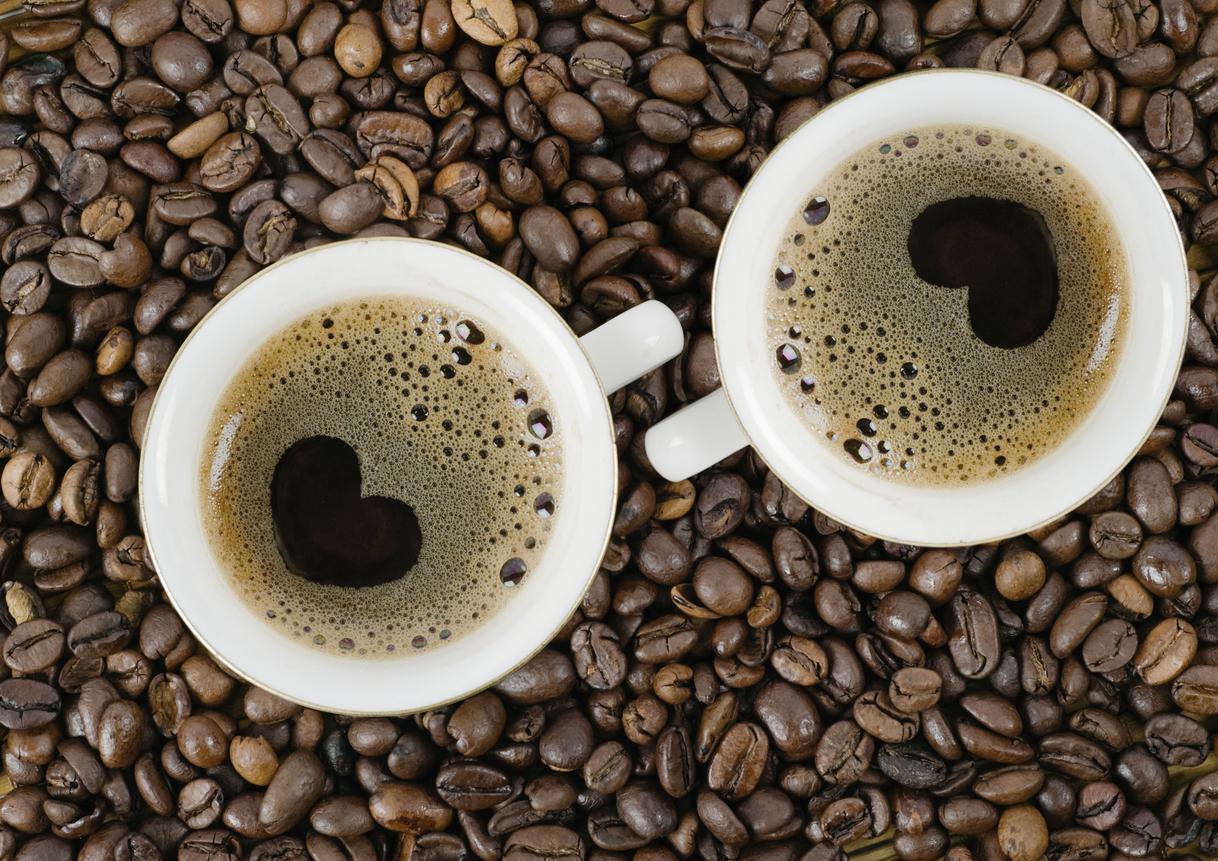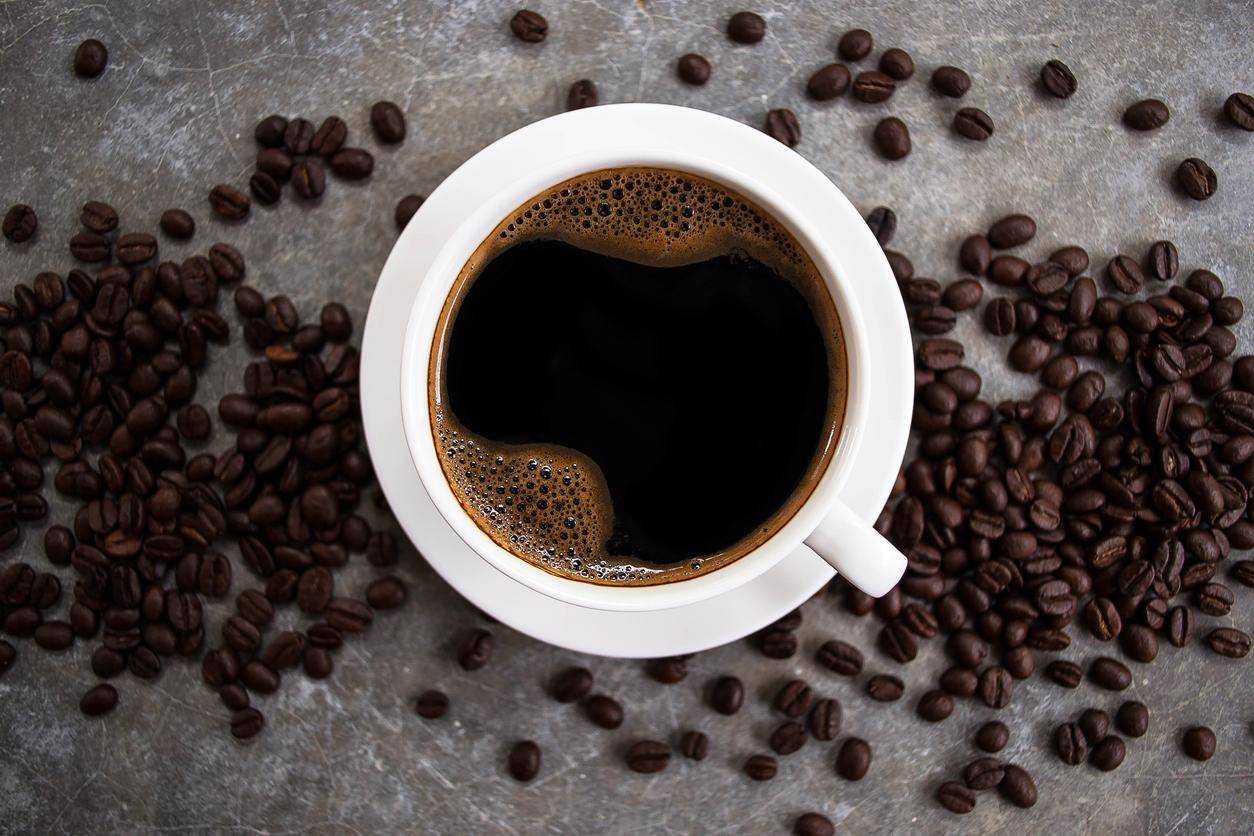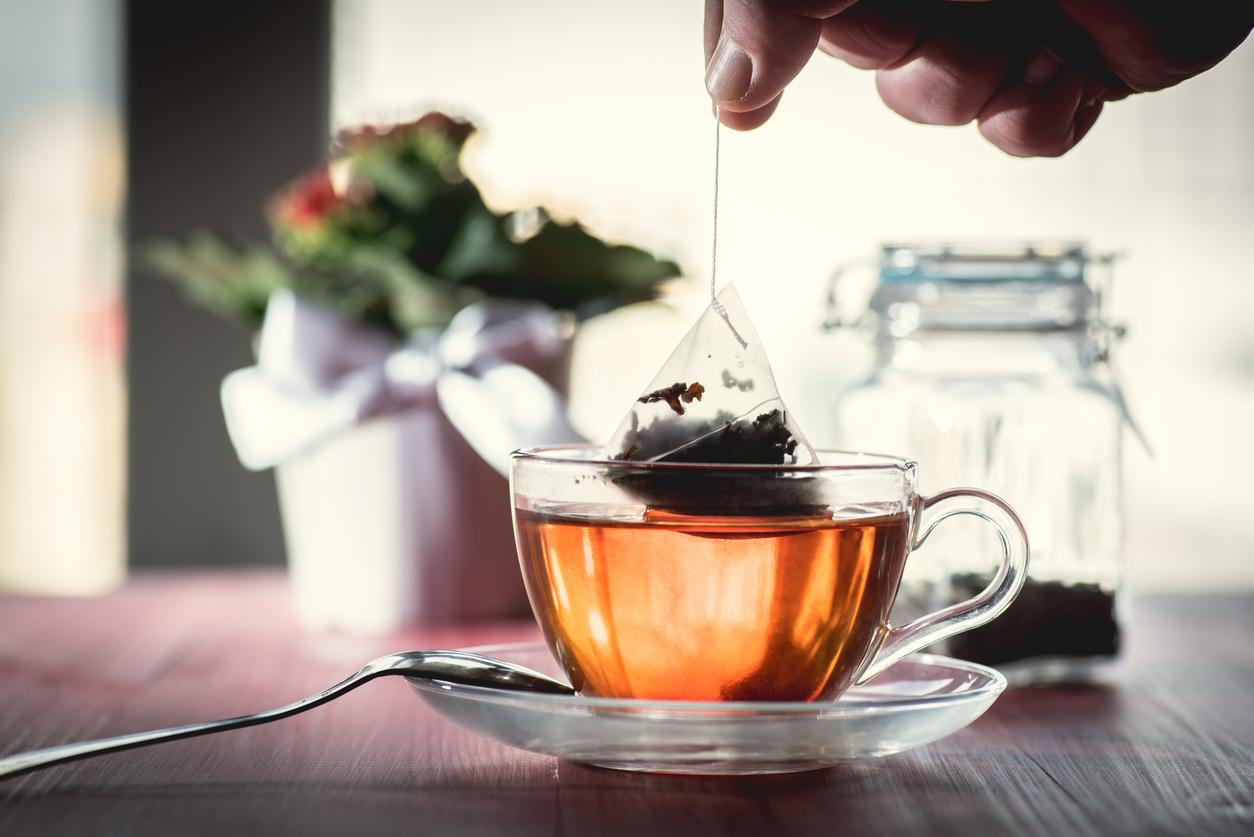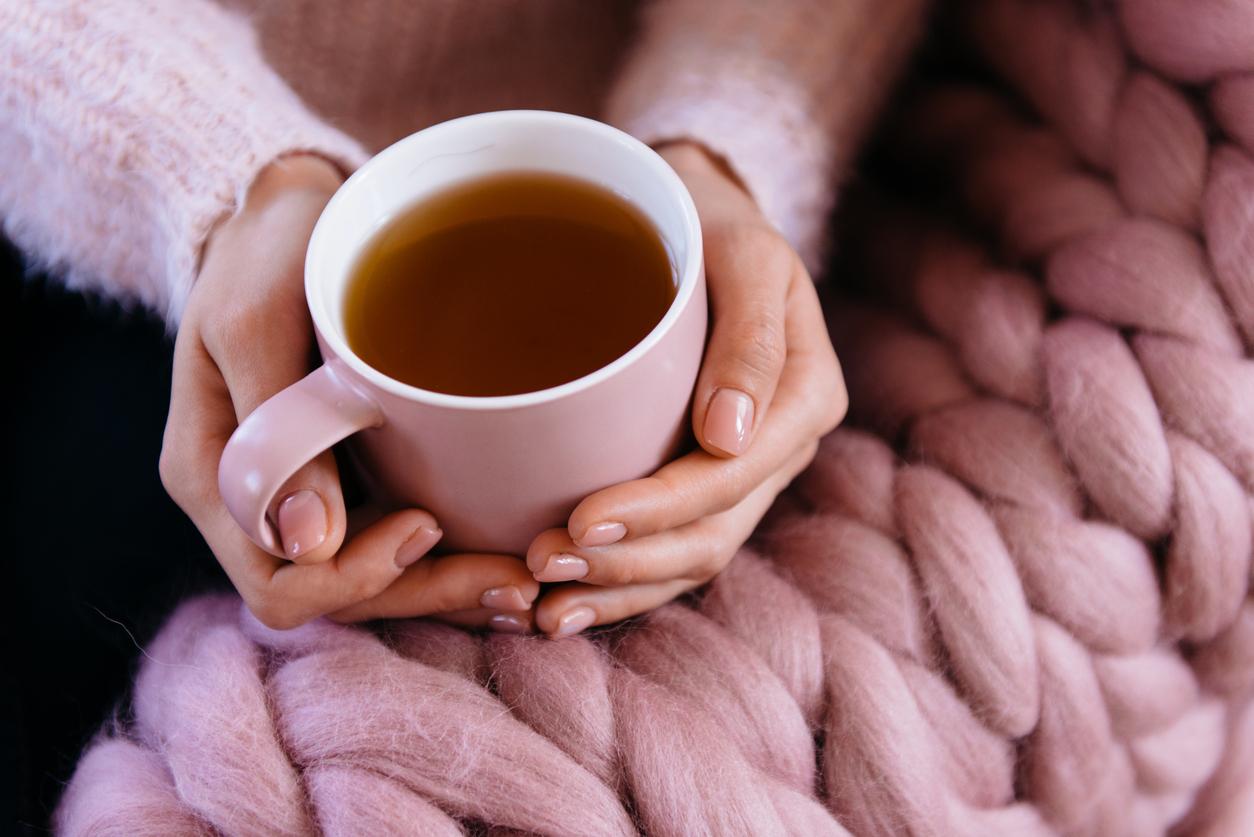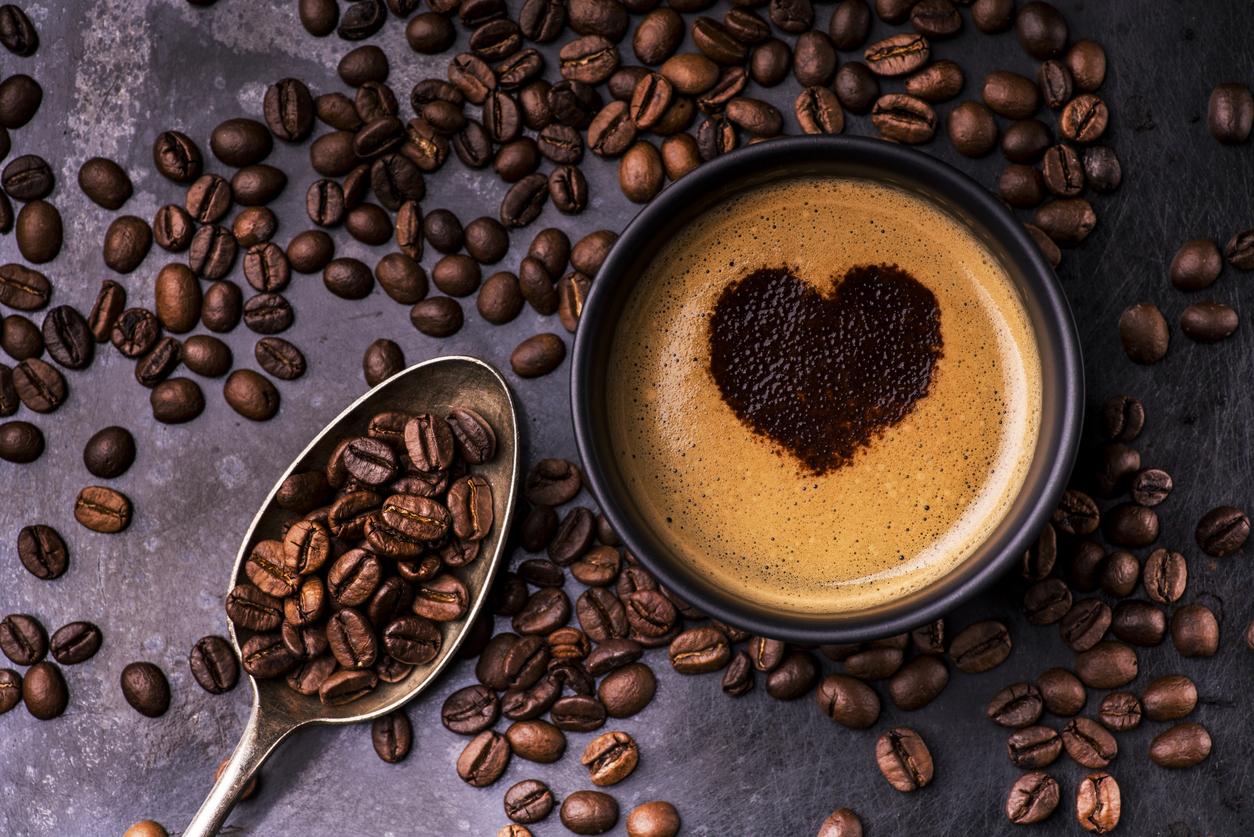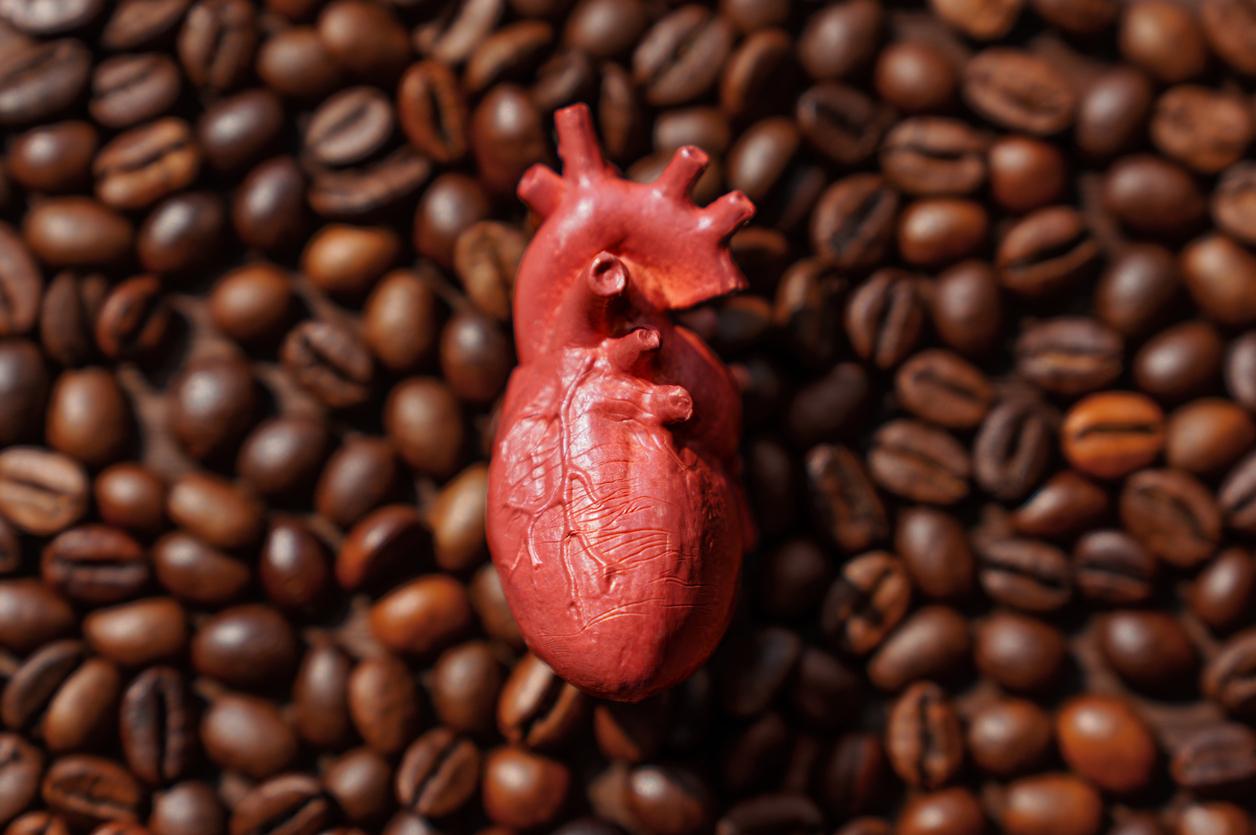There is more caffeine in 100g of chocolate than in coffee. The FDA has listed the different caffeine products from the supermarket to the drugstore.

Sleep disorders, renewed energy… Caffeine has variable effects on the human body. What is less known is that it is found in many products at dosages that can range from simple to a hundredfold. Did you know, for example, that there is more caffeine in a cup of tea than in a glass of cola? And that’s just the tip of the caffeine iceberg …
Watch out for overdose
Caffeine is a very popular drug around the world. Its stimulating properties are well known and appreciated by the general public. It is of course found in coffee, tea but also in more unusual products: chewing gum, chocolates, candies and even dietary supplements for slimming! The US health authority, the FDA, has listed the different products on the market that contain caffeine. By classifying the content per 100g, as did the Guardian, surprising data is emerging. Thus, we find 20mg of caffeine in tea and twice as much in filtered black coffee, while cola contains less.
In the energy drinks department, of course, we find this natural stimulant. The often criticized Red Bull contains less caffeine than coffee. But it is one of the products that contains the least. The new drinks can indeed contain up to the equivalent of 14 cups of coffee. Monster, another energy drink marketed in France, remains modest but far surpasses Red Bull (160mg). Energy products can take many forms. In particular, there are chewing gum in the United States that have the same effects as a Red Bull … with much more caffeine. The Foosh brand has 139 cups of coffee for 100g of products. Of course, it is strongly recommended not to consume so much, since it is very dangerous for health. Thus, on October 15, John Jackson, 40, died of a overdose of energizing chewing gum. His body contained double the lethal dose of caffeine.
Food supplements and drugs
Chips, pills, chewing gum, chocolates… all forms of candy are concerned. A single bar of chocolate, for example, contains twice as much caffeine as an equivalent-serving cup of coffee. Depending on the brands and the approvals (hazelnuts, coffee …), the rate can go up to 1639 mg. So be careful, for the most greedy, with chocolate coated coffee beans which combine two sources of caffeine. Moderation is essential for the line as for health.
Pharmacies are also affected by caffeine additions. The FDA site lists several products, including drugs, that use caffeine. Food supplements sometimes take advantage of its appetite-reducing properties. The dosages are high since they vary between 175mg and 200mg. Some medicines use caffeine to lower fever and pain. This is particularly the case with Bayer Aspirin (65mg). So it seems impossible to escape caffeine … but it is important to be careful because caffeine is a stimulant that can harm the heart and blood pressure.
.







